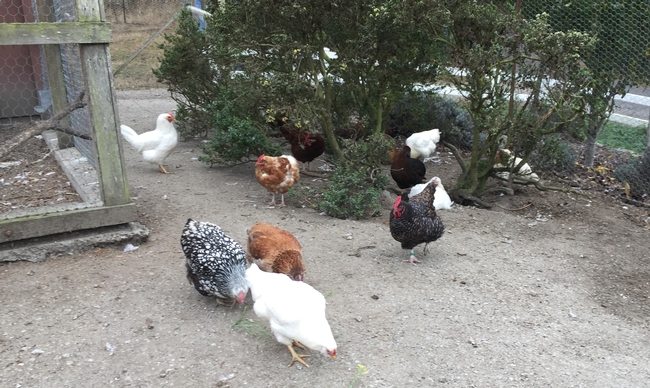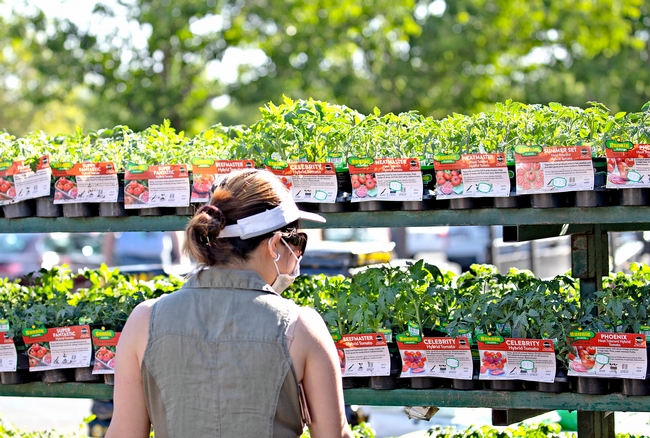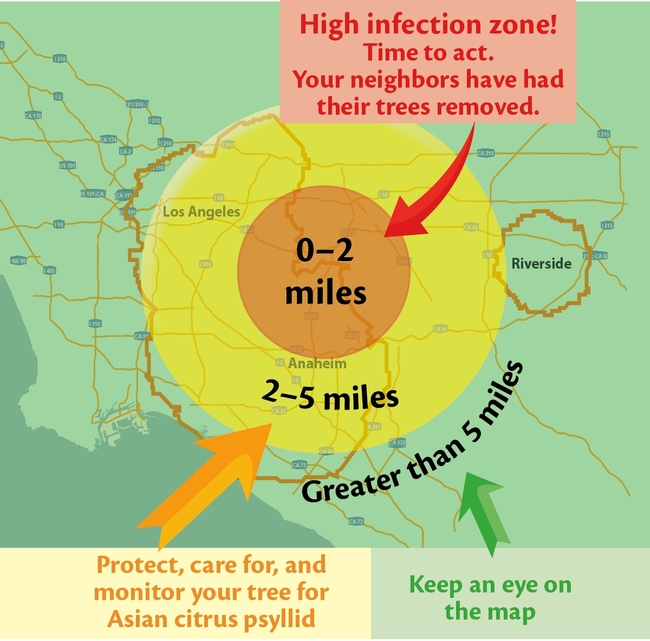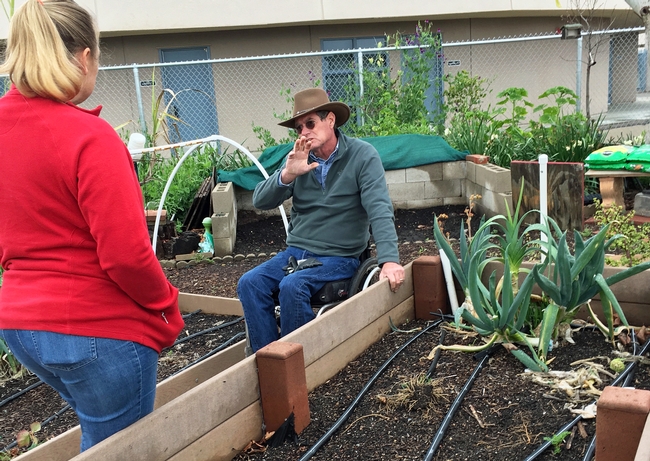
Posts Tagged: garden
UC Cooperative Extension can help meet a growing need for poultry and livestock health information
Researchers have found there is increasing demand for veterinary services for poultry and livestock in the Western United States, and a need for ongoing continuing education of veterinarians and animal owners, reported Trina Wood, communications officer in the UC Davis School of Veterinary Medicine. The article appeared in Phys.org.
UC Agriculture and Natural Resources and UC Davis researchers and colleagues at colleges in Colorado, Washington and Oregon surveyed veterinary practitioners to assess their engagement with poultry and livestock owners. They received 880 responses; few said they were actively treating such animals because of lack of facilities, interest or experience.
"This segment of agriculture has been largely overlooked by the veterinary community in North American," said Alda Pires, UC Cooperative Extension specialist in the UC Davis School of Veterinary Medicine. "Due to the potential for public health issues and the spread of zoonotic disease, veterinary professionals need increased training and better awareness of the health and welfare of these animals."
Colorado extension specialist Ragan Adams sees a role for Cooperative Extension in meeting this need.
"County Extension personnel can teach the new animal owners as they have taught youth in 4-H programs for more than 100 years," Adams said. "With enhanced knowledge about animal husbandry, the new owners will understand the importance of seeking veterinary services when their animals show signs of illness."
The researchers' study was published in the July 15 issue of the Journal of the American Veterinary Medical Association.
Seeds of hope: Gardening in grim times
Across the United States, Americans are buying and growing plants as a pick-me-up during the COVID-19 crisis, reported Lisa Irizarry in Newsday. The paper focused its story on Long Island, N.Y., its area of local circulation, but turned to UC Cooperative Extension emeritus advisor Rose Hayden-Smith for commentary about the trend.
Hayden-Smith is the author of "Sowing the Seeds of Victory - American Gardening Programs of World War I" and now serves as the educational technology fellow for eXtension, an organization that helps extension professionals generate a more visible and measurable local impact. Hayden-Smith said plants can have a calming effect in stressful times. Increases in gardening occurred during the 1918-19 influenza pandemic and during World Wars I and II.
"We always turn to gardening during times of crisis in this country. The last big surge of gardening interest was during the last economic crisis," she said.
In the current environment, people are gardening for a family activity, to grow healthy food and acquire new skills, as reflected in the rise of other home arts, such as baking.
"It's earth-friendly and connects people with nature," Hayden-Smith said. "It's restorative and a way to be physically active. It feels as if it's something we take positive action on."
Consult UC ANR's map to see how close you live to citrus with HLB disease
UC Cooperative Extension developed an online interactive map that allows Californians to see how close they live to citrus trees infected with huanglongbing disease, reported Jeanette Marantos in the Los Angeles Times. This information is critical for the more than 60% of Californians who are growing their own backyard orange, grapefruit, mandarin, lime and other citrus trees.
Huanglongbing is an exotic citrus disease that kills every tree it infects. An exotic insect, the Asian citrus psyllid, spreads the disease from tree to tree. If the disease makes its way into California's commercial citrus production regions, it threatens the state's valuable and iconic citrus industry.
Go to http://ucanr.edu/hlbapp and type in your address. If you are inside the red circle — within two miles of a hot zone — UCCE suggests you remove your citrus trees and plant different types of fruit trees, such as peaches, pears, apples or figs, until researchers find a cure. In the yellow circle — within two to five miles of a hot zone — consider replacing your tree with a non-citrus fruit tree or protect your citrus trees. Find detailed information on home citrus management here https://ucanr.edu/sites/ACP/Homeowner_Options/
“When we first started this program back in 2012, I was encouraging Master Gardeners to teach homeowners how to treat their trees [to discourage psyllids, which are the insects that spread HLB],” she said, “but the complaint came back from the Master Gardeners, ‘I treat my trees but none of my neighbors do, so what's the point?'” said Beth Grafton-Cardwell, UC Cooperative Extension entomology specialist and director of the Lindcove Research and Extension Center in Exeter.
Grafton-Cardwell said the threat is serious. HLB disease devastated Florida's citrus industry when it hit in 2005, destroying half of its acreage and production, and pretty much eliminating residential citrus.
The battle against the psyllid in California is being helped by the introduction in 2011 of Tamarixia radiata, a parasitic wasp native to Pakistan, by UC Cooperative Extension biological control specialist Mark Hoddle and his entomologist wife Christina Hoddle.
"We've had psyllid here [in California] since 2008, but we still have a lot of oranges,” Hoddle said. “The disease hasn't swept through California the way it did through Florida, and I believe our biological control program is why. Psyllid populations have decreased by 70% to 80% since our first parasite release in 2011. We haven't wiped out HLB in citrus trees, but we have mitigated the risk.”
Garden therapy during the coronavirus crisis
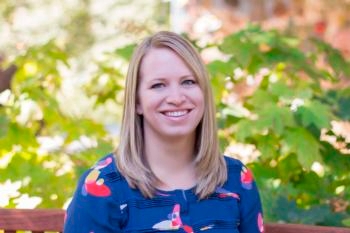
"Start modestly and in a way that you can manage it,” Gable said. “If you've never done this before, don't transform a quarter acre.”
She recommends beginning by assessing space you have available for gardening - whether in the backyard, front yard or the corner of a balcony.
“Get to know the space, and watch to see how light moves around," Gabe said.
Most plants need about six hours of direct sunlight a day. Then figure out what kind of soil you're dealing with: Is it dry or rocky? Does it have the consistency of clay? Is there good drainage or does the water often pool? None of these results are “bad” or should dissuade you from planting there, but understanding what you're starting with will inform what you do next.
Gable recommends planting fruits and vegetables that you love to eat.
“For a starting gardener, depending on what your family is most interested in, I always recommend the standards: tomatoes, zucchinis, peppers, carrots, radishes, Swiss chard, eggplants. Those are fun and easy," she said.
If you have kids, Gable recommends including some plants that have a shorter yield time, so they can see the results faster. “Radishes are a really nice place to start,” she said. “They mature really quickly, and it's a fun way for kids to see the fruits of their labor quickly so then they're invested in the plants that take a little longer, like tomatoes.”
The UC Master Gardener Program trains volunteers to extend research-based gardening information to the public. Gable recommends looking up your local UC Master Gardener Program to get accurate information based on local conditions.
UC Master Gardener helps make San Diego gardens friendly and inclusive
Stephen Cantu, a UC Master Gardener in San Diego County UC Cooperative Extension, is well aware of ways to improve accessibility and inclusiveness in gardening for people with mobility issues, reported Lisa Deaderick in the San Diego Union-Tribune.
Cantu, who has used a wheelchair for 37 years due to a job site accident, identifies obstacles and solutions that help people of all abilities benefit from the joys of tending a home garden. He is active in the UCCE Master Gardener Association program that assists community members in designing garden spaces for maximum accessibility called Friendly Inclusive Gardening (FIG).
FIG teaches people how to implement the principles of universal design to make home, school and community gardens safer and more accessible to people with physical disabilities, seniors with mobility issues and young children. A workshop scheduled for March 21 had to be postponed in order to comply with efforts to reduce the spread of COVID-19, so Deaderick published a Q&A with Cantu to share how people can start a small garden at home while waiting out the coronavirus.
He said FIG is not just for wheelchair users. "In other words, a garden designed for the whole family to use, from young children to grandma and grandpa," Cantu said.
He recommends new gardeners start simple and build on success.
"Start out with a small kitchen garden of mostly herbs, something that is in small containers that you can grow next to your kitchen. . . Don't buy anything until you have an understanding of your needs. For a small garden, all you really need are your hands, a pair of gloves, some soil, and a few herbs," Cantu said.
Read the whole interview on the San Diego Union-Tribune website and find much more gardening information for many California locations on the UC Master Gardener website.
